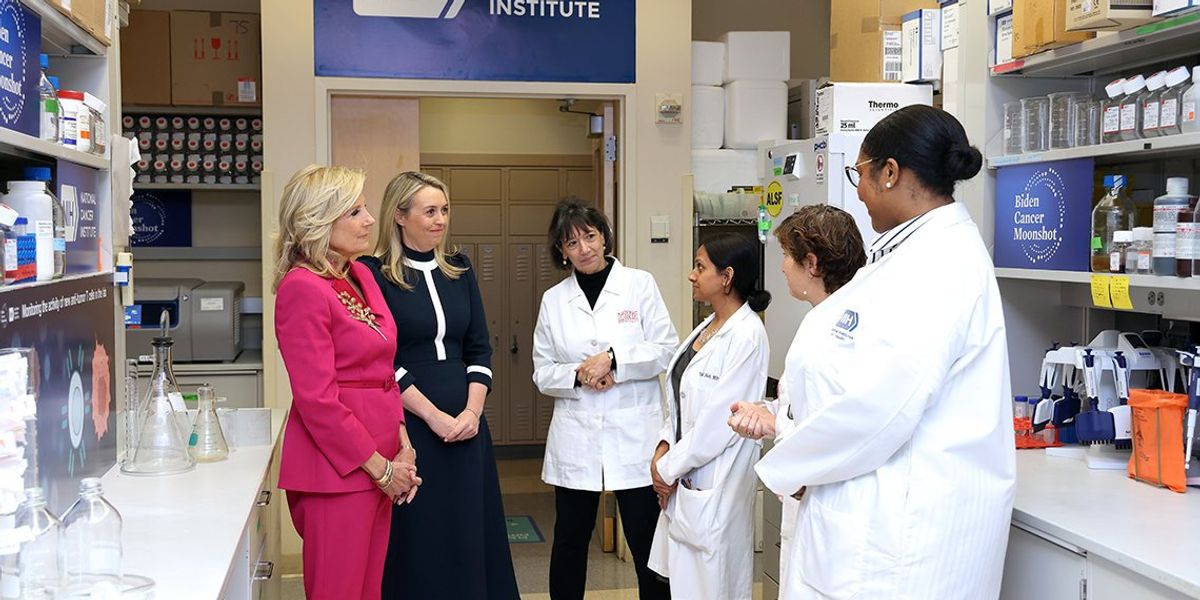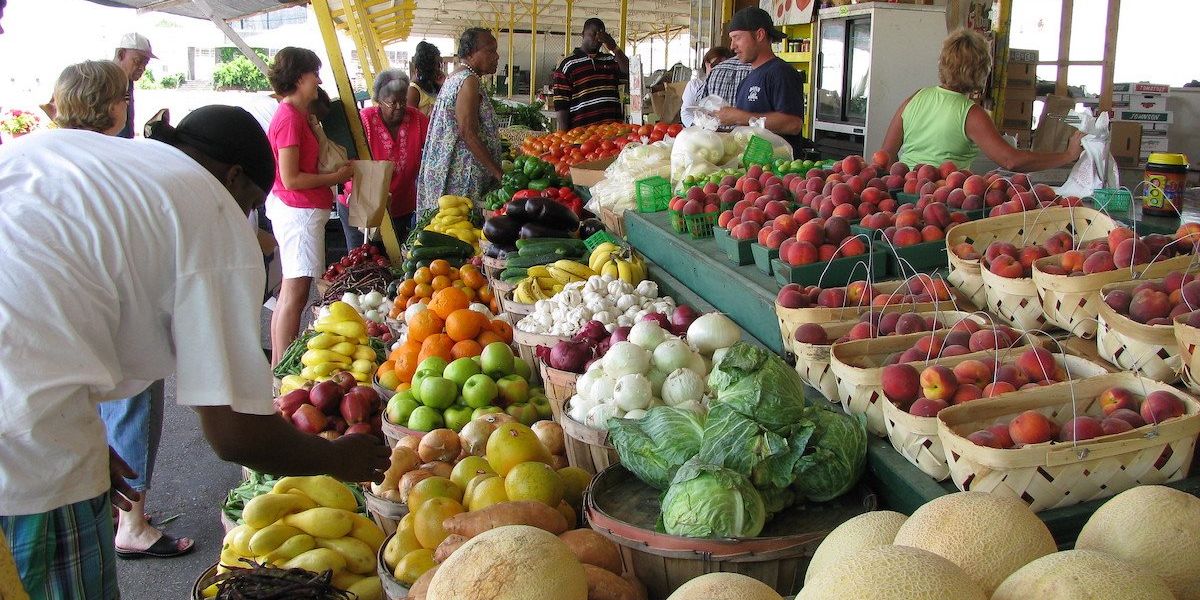
Biodiversity loss and new diseases share common roots, study finds
Human activities are increasing the risk of emerging infectious diseases, with climate change, habitat destruction and agricultural expansion creating conditions for pathogens to spread between wildlife, livestock and people.
Ruth Kamnitzer reports for Mongabay.
In short:
- A review study published in Nature Reviews Biodiversity explores links between biodiversity loss and emerging diseases, emphasizing that these crises are interconnected rather than causative.
- Researchers highlight major gaps in global wildlife pathogen surveillance, with limited data outside North America, Europe and East Asia.
- Factors like habitat loss, climate change and the wildlife trade are making spillover events more frequent, increasing the likelihood of future pandemics.
Key quote:
“We know that biodiversity loss is increasing. We know that the climate is getting warmer and harder to predict, and that these things are all happening at the same time. So we’ve … entered what we call this polycrisis.”
— Daniel Becker, assistant professor of biology, University of Oklahoma
Why this matters:
Emerging diseases like COVID-19, Ebola and avian flu often originate in animals before jumping to humans, a process known as spillover. Human-driven environmental changes—deforestation, urbanization, and industrial farming—bring species into closer contact, making such spillovers more likely. As biodiversity declines, pathogen transmission can intensify, altering disease dynamics and potentially leading to more frequent outbreaks. Addressing these shared drivers is essential for preventing future pandemics.
Learn more: Cutting forests and disturbing natural habitats increases our risk of wildlife diseases














